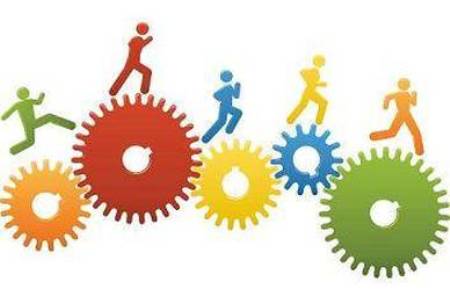
Production & Operations Management
The aim of the course is to introduce the student to the design, analysis, reengineering, optimisation and functional control of Manufacturing and Service operations, and to highlight the need for effective management of the constrained resources of operations systems. Through the course, the student will understand the organizational structure and the various components and functions of a Production or Service Operations System. They will practice basic analysis and problem-solving methods that are used by all kinds of organizations to understand and optimize operations.
The topics of the course cover the major business processes inherent in the operation systems, starting from operations strategy – showing the bigger picture of operations in a transforming global economy. Then the course delves into product, service and process design, forecasting, facility location and layout, procurement and inventory management, operations scheduling, and, finally, quality control. In summary, the course provides: a) an introductory overview of the major areas of operations management, b) an understanding of the practical and theoretical problems encountered in operations, and, c) practice of tools and techniques for effective operations management emphasizing both qualitative reflection and quantitative methods.
Course contents
The topics included within the scope of Production and Operations Management (POM) are numerous and diverse. The following list provides the areas that will be covered within the course including recommended readings, which are available to the students through the AUEB Library and e-Library.
- Introduction – Definitions: Course content and structure, Context and definitions of POM
- Operations Strategy and Lean Production: The strategic framework, Illustration and deployment of operations strategies, "New" operations strategies – Agile Operations
- Product, Service and Process Design and Development: Key concepts in product and service design, The product development process and project, Classifications of production process structures (product and process).
- Facility Location: Factors affection location decisions, Locating a single facility
- Facility Layout: Layout types and performance, Product and process layout designs - models/algorithms, Application exercises in class
- Capacity Planning: Capacity strategies and tools, Basic forecasting methods, Application exercises in class
- Forecasting: Basic forecasting methods, Application exercises in class
- Inventory Management - The Beer Game: Business game in class where students are practically familiarized with the problems of inventory control and management.
- Inventory Management I: Deterministic models: Economic Order Quantity, Materials Requirements Planning (MRP), Application exercises in class
- Inventory Management II: Just-In-Time – KANBAN, Integrated exercise: Determining inventory strategy
- Quality Management: Overview and introduction to Quality Management, Fundamental definitions
- Quality Control and Total Quality Management – TQM: Basics of Statistic Process Control (SPC), Application exercises in class